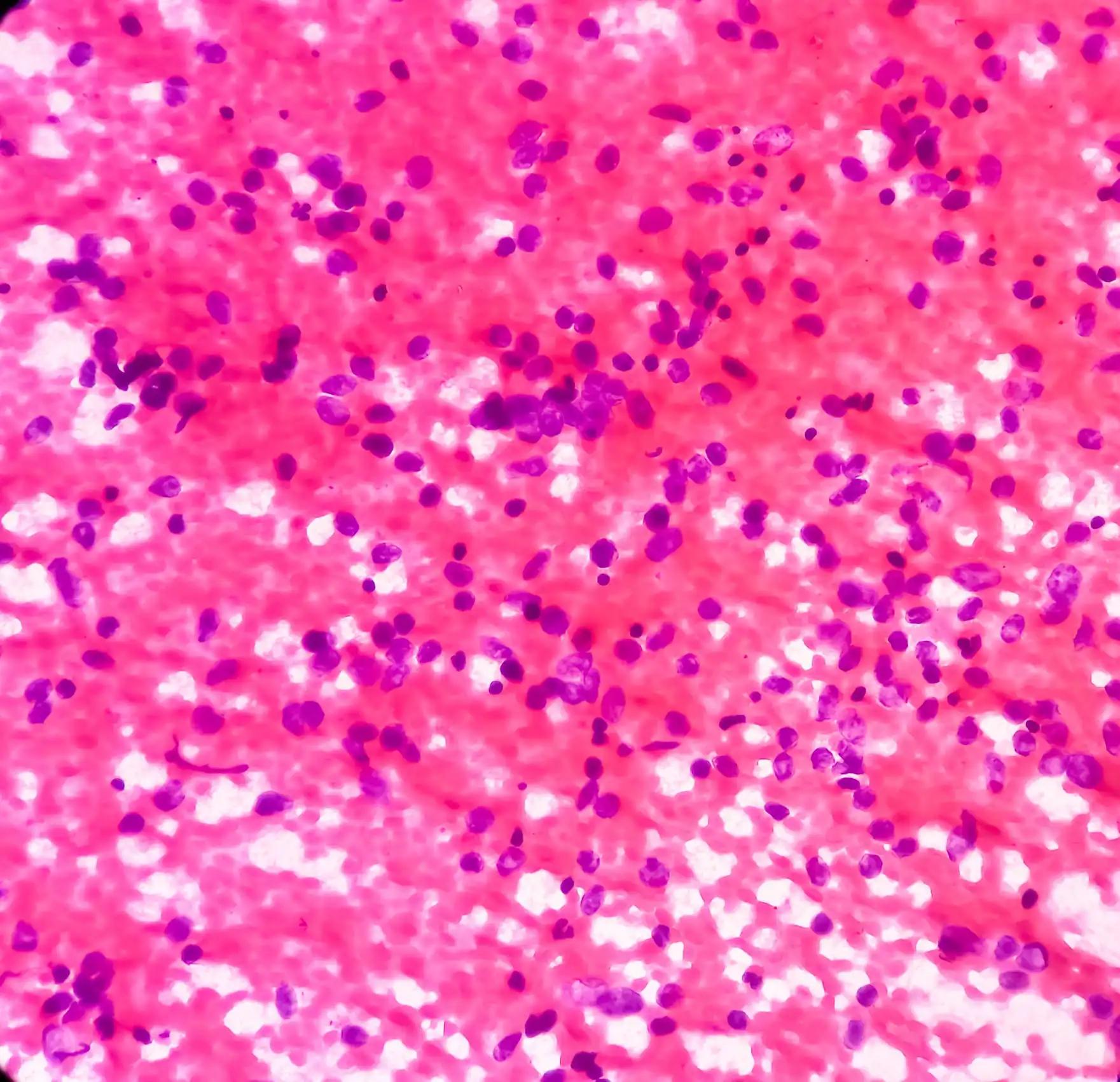KEY TAKEAWAYS
- The study aimed to develop a risk-prediction model for targeted GC screening in a diverse US population.
- Researchers noticed the potential of the prediction model to aid pre-endoscopic assessment and identify a high-risk population for targeted GC screening in the US.
Population-based screening for gastric cancer (GC) isn’t recommended due to its low prevalence in US, prompting the need for targeted approaches.
Bechien U Wu and the team aimed to develop a risk-prediction model to identify high-risk patients who could potentially benefit from targeted screening in a racially/ethnically diverse regional US population.
They conducted an inclusive analysis using a retrospective cohort study spanning from January 2008 to June 2018 within Kaiser Permanente Southern California, focusing on individuals aged ≥50 years. Exclusion criteria comprised patients with prior GC or follow-up periods <30 days. Censoring criteria included GC diagnosis, death, reaching age 85 years, disenrollment, end of 5-year follow-up, or study conclusion.
Utilizing cross-validated LASSO regression models, the study identified the strongest predictors among 20 candidates, including clinical, demographic, and laboratory parameters. Data from 12 medical service areas were utilized for training and initial validation, while records from a separate medical service area were allocated for testing.
About 1,844,643 individuals comprised the study cohort, with 1,555,392 individuals for training and validation and 289,251 for testing. The mean age was 61.9 years, with 53.3% being female. GC incidence stood at 2.1 cases per 10,000 person-years (pyr) (95% CI 2.0-2.2). Elevated incidences were observed with family history (4.8/10,000 pyr), history of gastric ulcer (5.3/10,000 pyr), H. pylori infection (3.6/10,000 pyr), and anemia (5.3/10,000 pyr).
The final model encompassed age, gender, race/ethnicity, smoking, proton-pump inhibitor use, family history of GC, history of gastric ulcer, H. pylori infection, and baseline hemoglobin levels. In the validation and testing datasets, the mean c-index values were 0.75 (SD 0.03) and 0.76 (SD 0.02), respectively.
The study concluded that the developed prediction model could potentially aid in the pre-endoscopic assessment of GC risk, facilitating the identification of a high-risk population suitable for targeted screening interventions.
The study was funded by the Department of Research and Evaluation within the Southern California Permanente Medical Group with funds from the Medical Group and the Kaiser Permanente Community Benefit Fund.
Source: https://pubmed.ncbi.nlm.nih.gov/38771811/
Wu BU, Dong EY, Chen Q, et al. (2024). “Stomach Cancer Prediction Model (SCoPM): An approach to risk stratification in a diverse U.S. population. PLoS One.” 2024 May 21;19(5):e0303153. doi: 10.1371/journal.pone.0303153. PMID: 38771811; PMCID: PMC11108155.



